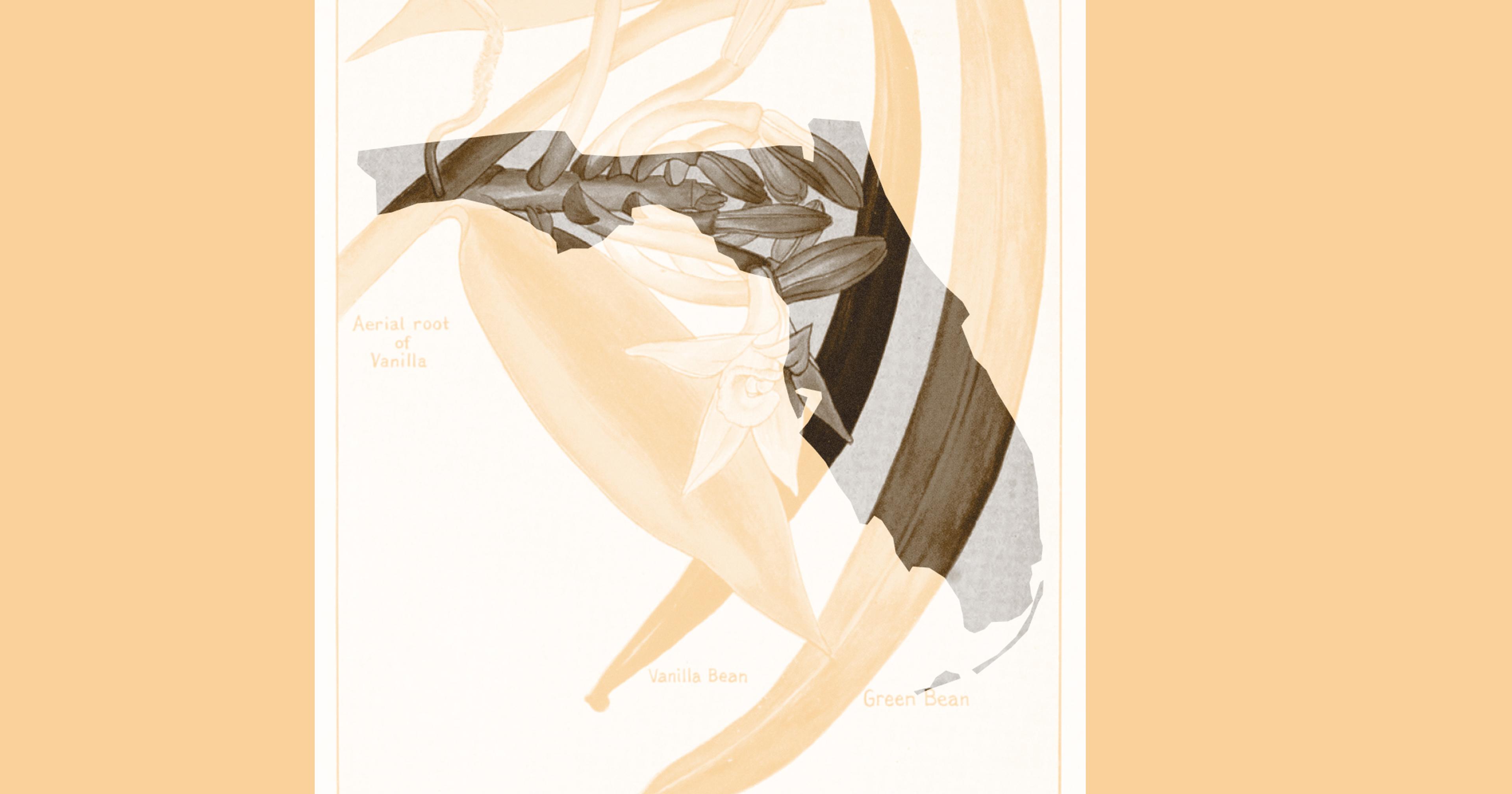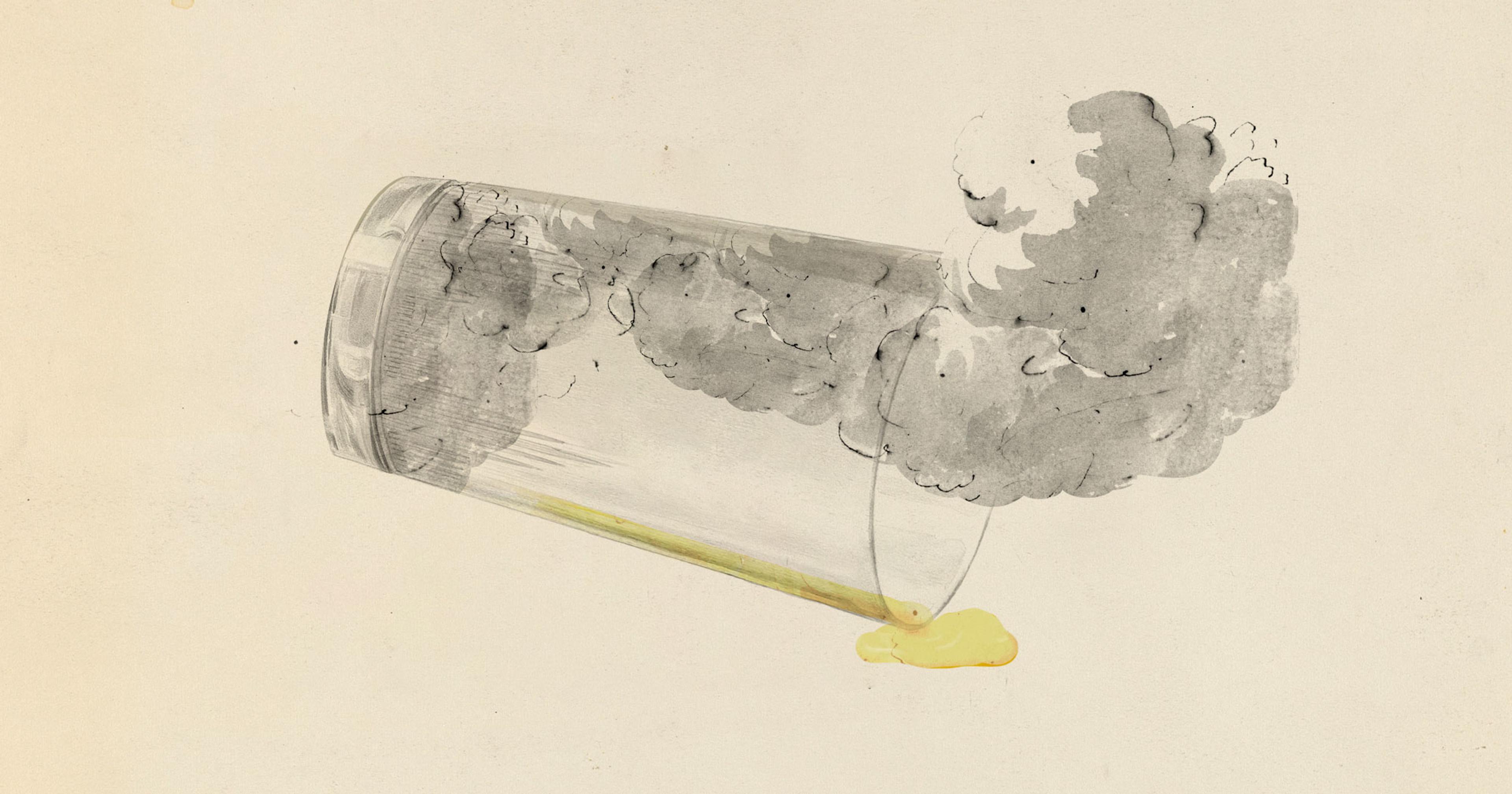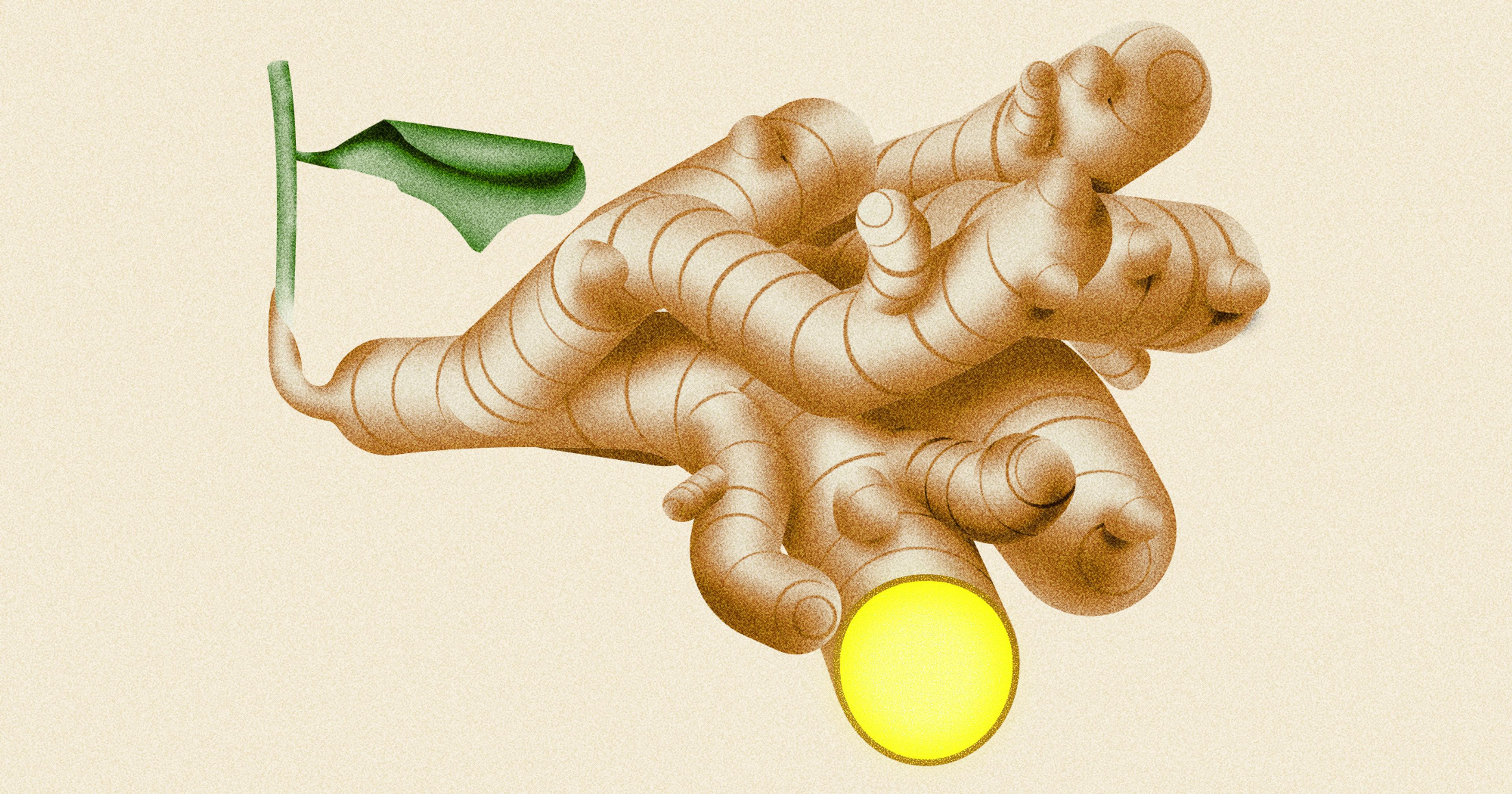Banned by the federal government a century ago, black currants were cast to the fringes of U.S. agriculture. Agroforestry advocates and berry connoisseurs are urging a revival.
It’s now a distant memory, but black currants once had a strong foothold in American agriculture. The sweet, tart berries had been brought over from England in the 17th century as a crop for settlers to cultivate — a piece of home in unfamiliar lands. Shade-tolerant, cold-hardy, and bountiful, the bushes fit right in alongside numerous native cousins that had long been prized by Indigenous peoples for their medicinal properties. In time, they became a piquant part of the American diet, cooked into jams and sauces and eaten fresh by those who didn’t mind a bit of a pucker. By the turn of the 20th century, there were at least 7,400 U.S. acres in commercial production.
The black currant might have gone on to become an agricultural mainstay if not for another European import that arrived early in the new century. This one spelled doom. White pine blister rust, a parasitic fungus that uses the black currant and its genetic relatives to spread to nearby pine trees. This endangered the country’s critical timber industry, leading the federal government to wage an all-out assault on the otherwise innocent berry. In the process of protecting the pines, black currants were forbidden and then forgotten.
Today, though, a small community of growers are urging its revival, seeking to bring the berry back into the American consciousness — and into agroforestry systems, where it can thrive as a complementary crop.
“I don’t think this plant is a lost cause,” said Lily Hislop, who runs the only institutionally backed black currant breeding program in the Western Hemisphere at the Savanna Institute, a nonprofit focused on expanding agroforestry. “I don’t think this plant is going to stay stagnant forever.”
***
The demise of the black currant began in 1909, when a stand of white pines in Geneva, New York, began showing signs of sickness. The trees’ branches were swollen and dotted with yellow, elongated cankers, the work of Cronartium ribicola, or white pine blister rust, which had crossed the Atlantic on infected pine seedlings. The parasitic fungus requires two plants to complete its life cycle: pine trees and Ribes, a genus of shrubs whose most beloved member was the black currant. Spores from infected Ribes are carried on the wind to neighboring pines, which then become infected and send out distinct spores of their own in search of Ribes hosts to continue their spread. Although the fungus can cause leaf loss on Ribes, it’s relatively harmless; to white pines, however, it’s deadly.
Chestnut blight had ravaged the hardwood forests of America in the late 19th century, and another wave of devastation seemed imminent. With the health of the timber industry threatened, the federal government wasted no time. By 1912, the first domestic plant quarantine was put in place and the sale and cultivation of black currant and other Ribes plants — including red and white currants and gooseberries — was banned. A few years later, a blister rust control program was established, pouring $400,000 a year into containment and eradication.
Homeowners were asked to tear out their currants to stop the spread. Each summer, as soon as the plants leafed out enough to be easily identified, thousands of teachers and college students on break were hired to canvass forests, yanking Ribes up by their roots or dousing them with a deadly combination of salt and borax. At its peak, the eradication effort employed over 8,600 workers; it lasted until World War II. By 1959, the project had spanned more than 20 million acres at a cost just north of $100 million — roughly $1 billion in today’s dollars.
The Ribes restriction was lifted at the federal level in 1966, but by then the damage was done. Generations had passed with the black currant as an afterthought at best, or an enemy at worst. States were slow to end their bans, and roughly a dozen, mostly in the Northeast, maintain restrictions or outright prohibitions to this day. The black currant kept its prominent place in the European palate, where it’s favored for jams, cordials, juices, and fresh eating. But in the U.S., where its scale once rivaled the modern blackberry industry, it was all but buried.
The black current restriction was lifted at the federal level in 1966, but by then the damage was done.
Nearly 1,000 farms now grow black currants in the U.S., spanning about 500 acres, primarily in New York, Wisconsin, and the Pacific Northwest, according to Hislop. The small scale indicates the lack of a robust market; most farms sell direct to consumers or have “you-pick” operations. Most of the plants in the ground are cultivars that emerged from Canada, where, rather than outlawing Ribes, the government supported the development of currants resistant to blister rust.
The Canadian currants, bred primarily for disease resistance, tend to be “in-your-face funky” in a way that doesn’t suit the typical American palate, Hislop said, so their primary audience is European immigrants who grew up with the berries and want a taste of home. The most common varieties are Consort and Titania, but she’s working to release more appealing varieties based on the plant materials of a longtime breeder from British Columbia that might better connect with unacquainted Americans. Those cultivars are gaining popularity and regularly sell out. Given the fruit’s curious combination of flavors — blackberry, blueberry, and pine are among the base notes, said Hislop, but some varieties taste of raspberry, citrus, or grapes — she’s banking on its appeal.
“We don’t have access to complexity like that in our jam aisle,” she said.
If the black currant does catch on, it could occupy a compelling niche in the agricultural landscape. Because of its comfort with shade — an outgrowth of centuries spent in woodland habitats — it’s well suited as an understory crop. Hislop is also planning a research trial with colleagues at the University of Wisconsin to explore the currant’s potential in agrivoltaics. Grown alongside solar panels, she believes it could unite the push for renewable energy with the drive to keep farmland producing crops. Kevin Wolz, the Savanna Institute founder who now runs its for-profit spin-off, Canopy Farm Management, plans to plant 1,000 acres of currants over the next decade. They’ll be situated exclusively beneath chestnuts, where the bushes can maximize the value of land in agroforestry and accelerate cash flow for farmers waiting for their nuts to yield.
“It’s a very different approach to starting a new crop — to pair it with other things and put it in the most ecologically relevant context, rather than pushing forward with some new monoculture,” Wolz said.
He started putting currants in the ground on a farm in Sauk City, Wisconsin, last fall and will complete the first 100 acres this spring. He thinks Canopy can take on much of the risk inherent in reviving a forgotten crop that’s caught in a chicken-and-egg scenario, thanks to its complicated history: Growers are wary of planting a berry without a market, but re-establishing the black currant will require exposing it to consumers at a scale beyond what’s presently possible. As Hislop said, “We lost the throughline of people understanding and wanting the flavor and seeking it out.”
“It’s a very different approach to starting a new crop — to pair it with other things and put it in the most ecologically relevant context, rather than pushing forward with some new monoculture.”
In discussions about the future of agroforestry, “berries often get the back burner,” Wolz said. Nuts take the limelight as a potential staple crop full of protein, calories, and healthy fat, as well as valuable oils. But berries offer vitamins and minerals to round out a diet — particularly the black currant. Greg Quinn, a New York currant farmer who lobbied the state’s legislature to overturn the ban in 2003, rattles off the list as if he’s been stumping for decades: “Currants have twice the antioxidants of blueberries,” he said, “four times the vitamin C of oranges, more potassium than bananas, calcium, iron, manganese, magnesium. It’s a little powerhouse berry.”
And, because the rest of the world kept planting currants even as the U.S. tore them out — to the tune of more than 100,000 acres in 2020, the last year for which data is available — there’s no shortage of knowledge, harvesting machinery, and plant material to support the crop’s domestic growth. Still, it will take more than one plant breeder and 100 acres a year to rewrite the book on currants in the U.S.
“It’s a plant that’s a little bit steeped in its own history,” Hislop said, “and I don’t know how to get it unstuck from that legacy.”
Quinn, 75, has spent the last third of his life doing his best. He fell for currants while stationed in Germany as a military translator in the 1970s, and cooked with them in a restaurant he opened there. He was taken by their balance of astringency and sweetness, which worked just as well with meats as it did in dessert. When he bought a former cattle farm in the Hudson Valley decades later and sought an unusual crop to plant, he stumbled upon the currant once again. “It was like an awakening,” he said.
After months trekking to Albany and expounding the currant’s virtues to the state legislature, Quinn rallied support for a law that revoked New York’s ban. He’s spent the past 22 years riding the roller coaster with his business, CurrantC, which sells a range of products from jam and nectar to chocolate-covered berries grown on the 30-odd acres he manages. The black currant is just a marketing campaign short of being the next pomegranate or acai, Quinn believes.
Like others backing the black currant, Quinn admires its unique flavor profile. As he points out, there’s a reason it’s among the most common tasting notes for bold red wines like cabernet sauvignon.
“Those descriptors were chosen because nothing tastes like a cherry or a plum,” he said. “And nothing tastes like a black currant.”
“The industry can grow, even if the cultural revolution lags behind.”
At the 10-acre Hundred Fruit Farm in New Hope, Pennsylvania, Adam Dusen grows both black and red currants, as well as fellow Ribes jostaberries and gooseberries. Red currants have their admirers — they taste “like pomegranates on a bush,” Hislop said — but have taken a backseat to black currants because of their delicacy and labor-intensive harvest.
For Dusen, the appeal of currants goes well beyond flavor. The plants are productive, yielding between five and 10 pounds of berries per push. They don’t require any sprays, they’re easy to propagate, and they’re deer-resistant too. He offers permaculture design for households in the surrounding communities and includes currants every time. “It’s a superstar plant,” Dusen said.
But, like others who see the currant’s potential, he’s running up against the limits of a country still stuck in the past. Neighboring New Jersey and Delaware, where many of his clients live, both restrict or prohibit the importation of black currants. Still, word is spreading among Ukrainian, Russian, German, and Dutch immigrants who have learned they can find an old favorite on his farm. Someday, he hopes, the laws will loosen up and American culture can catch up to its own past, leaving the crusade against currants in the rearview.
Until then, Wolz believes the black currant’s burst of vitamin C and powerful natural pigmentation can make it a welcome inclusion in health drinks and other products that harness at least a small part of its potential. Bringing the berry back from the dead is a tall task, he acknowledges, but it’s a worthy pursuit.
“The industry can grow,” Wolz said, “even if the cultural revolution lags behind.”










